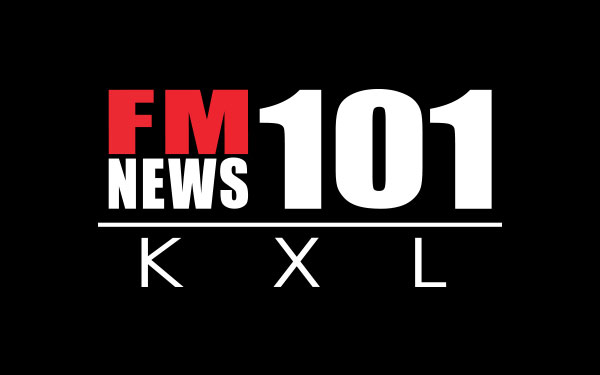8K TV
8K HD TV
Color TV was invented in 1940 by engineer Guillermo Gonzalaz Camerna and became a mainstream sales item in about 1965. For 31 years until the first high definition broadcast in 1996, televisions remained more or less the same.
Yes, there were innovative screen sizes both super small and large, some designs come with remote controls and stereo sound, but the basic signal remained the same and would work on any set.
Now, in a period of about 20 years, we are entering the third generation of television. With 4K now hitting the mainstream and it’s already time for the next upgrade.
What is with all the numbers (1080i, 4K, 8K)?
For the technical minded or mathematician, the numbers refer to the amount of pixels on a screen. This number is derived computing the width times the height. Pixels are dots that contain color information in red, green, or blue. The smaller the dots, meaning higher pixel density, the sharper the picture.
Original or standard definition television is 480i which can display about 440 total lines of picture information from left edge to right edge.
High Definition is broken down into two formats 720 and 1080. When HDTV first came out both resolutions were offered and in the early sets of the late 1990’s and early 2000’s a 720 set wouldn’t display a 1080 signal. This made things even more confusing. This problem was addressed by most set top boxes (cable and video game units) being able to deliver both resolutions thereby allowing both sets to work.
Also new with HDTV is the 16×9 ratio or widescreen. For original HDTV the pixel count is 1920 x 1080 and that is where the 1080 number comes from.
4K TV’s were introduced in 2007 with a resolution of 3840 x 2160 and were called 2160i or 2160p to follow the original HD naming convention. The name “4K” is based on the first count of pixels in the resolution and was adopted because it was easier to remember and describe. 3840 is almost 4000 so it was considered to be “close enough”. Most 4K televisions now are a bit sharper at 4096×2160, and I don’t think most people will see the difference. To make things even more confusing UHD, standing for Ultra High-Definition, is also sometimes used. This is also a 4K TV that meets the higher standard of 4096×2160.
The p and i at the end of the number such as 1080i refers to how the data is displayed. “p” is generally considered better than “i”. I’ll skip the engineering explanation and personally declare that side by side they look about the same. At least in my opinion.
Confused yet? Let’s add more….
8K Televisions enter the market this year.
Now we have 8K with a resolution of 7680×4320. To put this in more understandable terms this would be the equivalent of a 33 megapixel camera. With an introductory price tag of about $4,000 for a 65” screen, one can expect a very sharp image.
Is there 8K content available yet?
This is an important question to consider when making a high dollar purchase like a new television. If you have the best equipment but can’t get a signal or web content to take advantage of it, then you won’t be able to use it.
Japan has just started 8K broadcasts 12 hours a day. Online streaming is starting to offer 8K with Vimeo now presenting over 6,000 8K videos. The first major event for 8K on sporting events will be the Tokyo Olympics next year – but we still don’t know if the resolution will be available outside of Japan.
Streaming sites like Netflix and Hulu are showcasing 4K content. Native 8K video is not available on these services yet. This means you would see the same thing on a 4K or 8K TV now.
Is an 8K TV worth it? Do you see a difference?
When considering your next television purchase, think about the price and the availability of content as well as the size of the screen.
In other words, in order to take advantage of the higher resolution, a bigger screen is required. If you are buying a 30” TV for the bedroom 1080 will be fine. If you are getting a 75” for your home theater, then a 4K should at least be considered.
Using the 75” as an example, you will see a considerable difference between 4K and 8K. There is also a noticeable difference between 1080 and 4K on larger sets. My advice is to shop around and look at the various screens on display in your local store.
William (Bill) Sikkens has been a technology expert for KXL on the Morning Show with Steve and Rebecca since 2014. With an expertise in I.T., cyber security and software design he has had more than 20 years’ experience with advanced technology. Sikkens conceptualizes and designs custom applications for many professional industries from health care to banking and has the ability to explain the details in a way all can understand. Article edited by Gretchen Winkler.
Links and brand/store information provided are for information only and are not endorsed by Alpha Media, KXL or William Sikkens.
Got a technology question or comment for Bill? Follow him on Twitter @sikkensw


